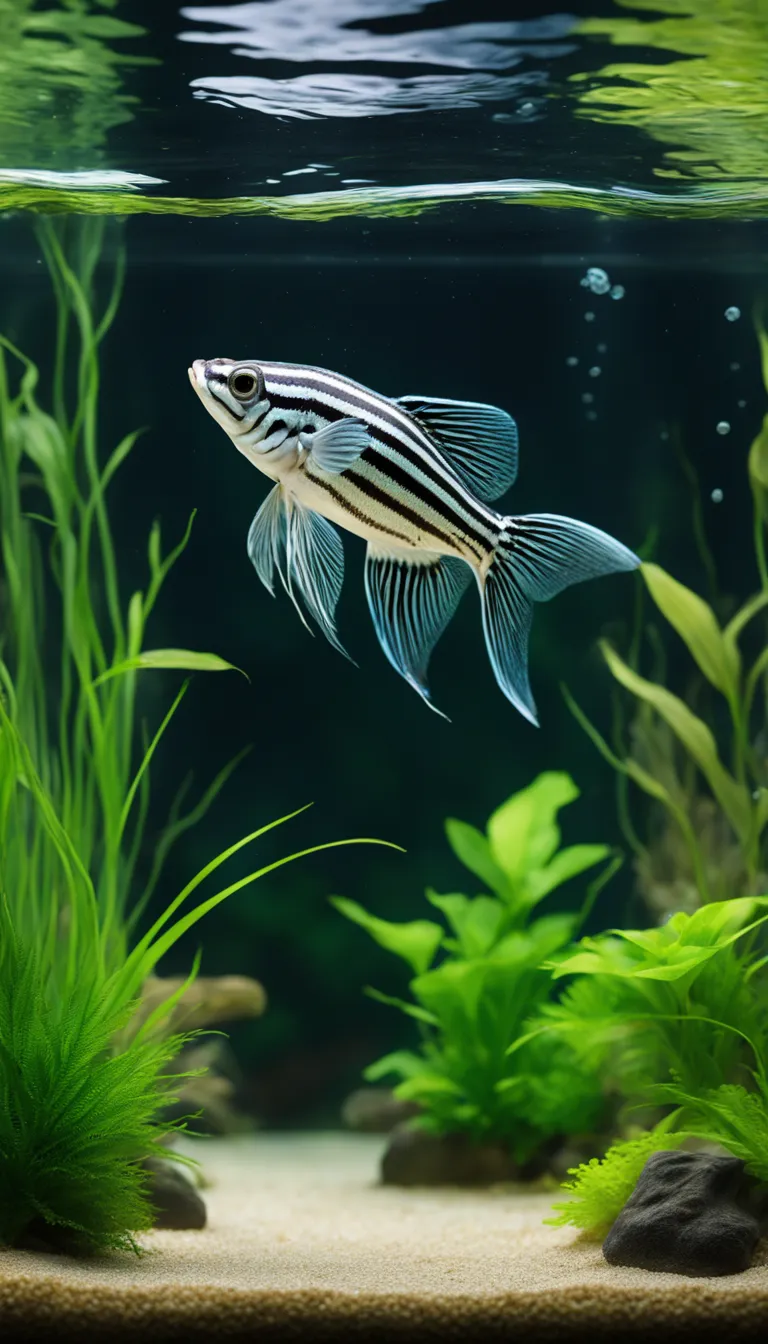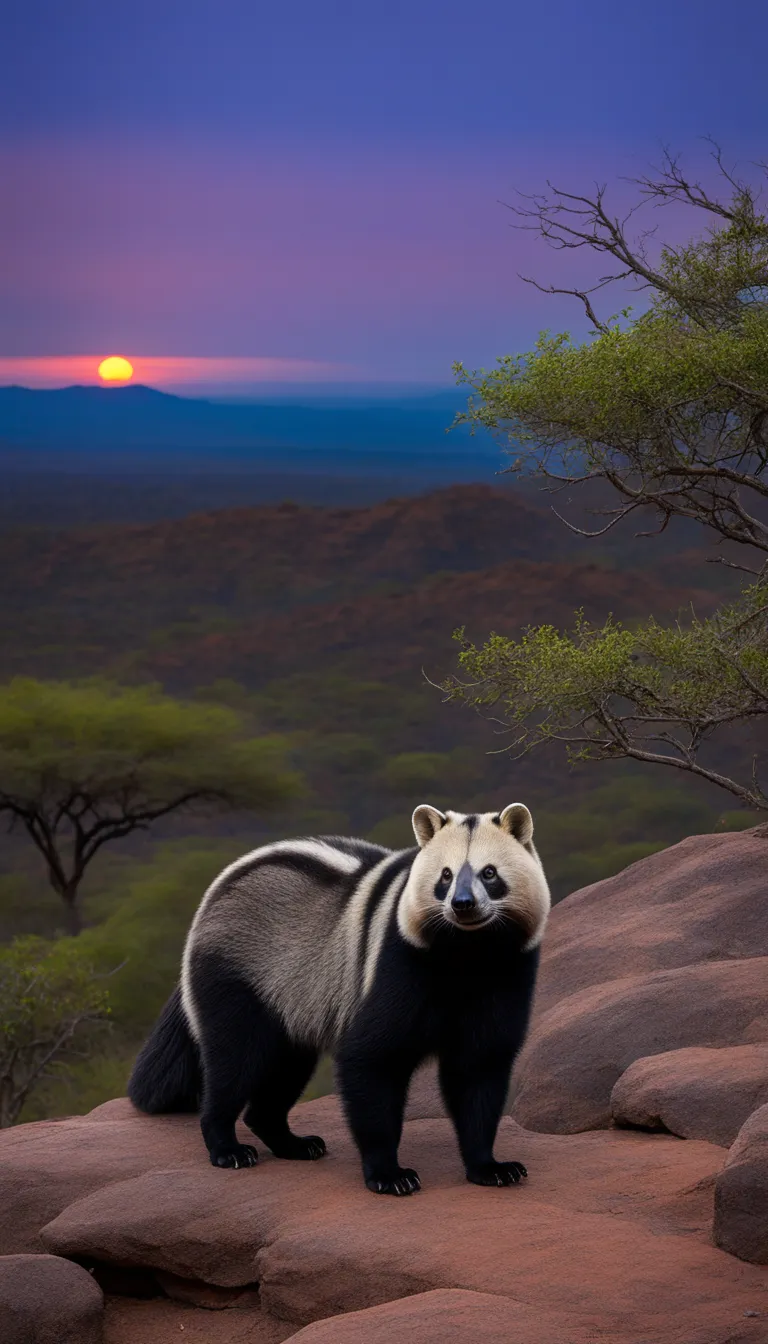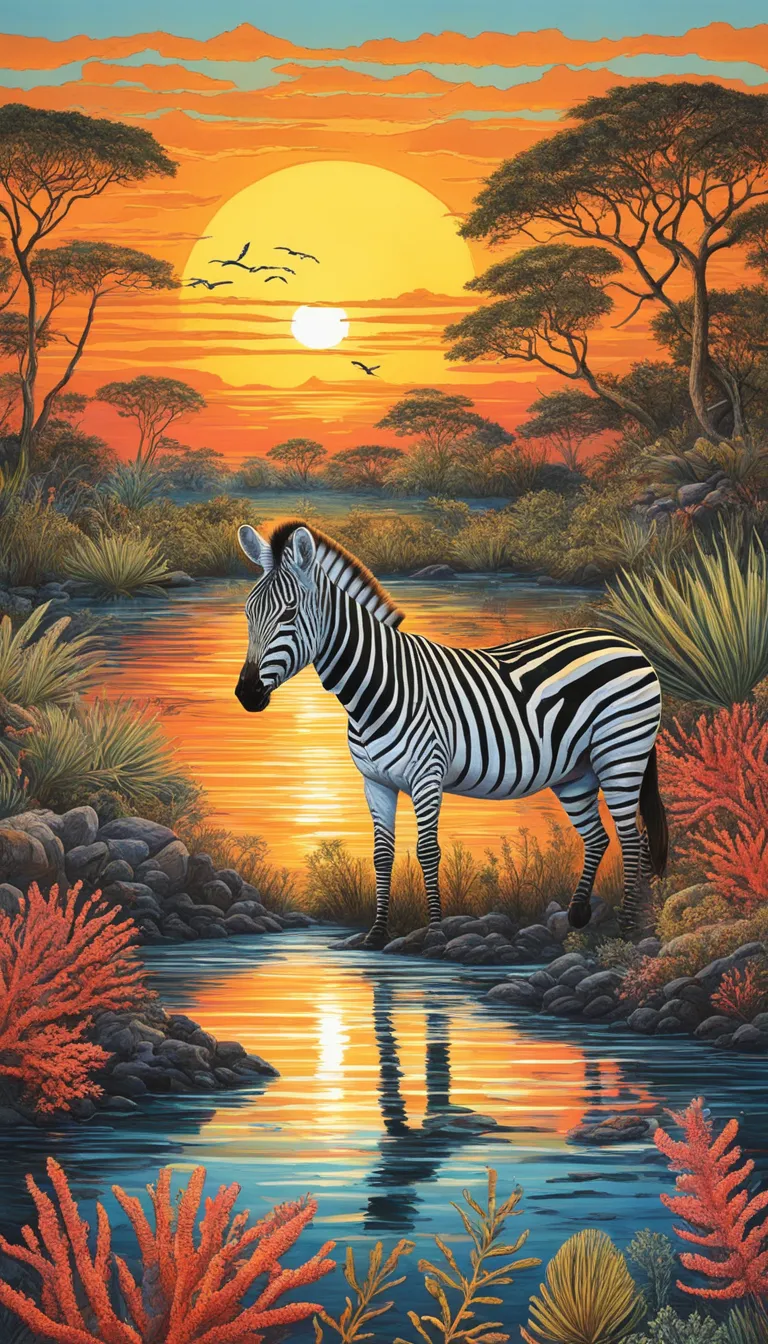Embark on a journey through the animal kingdom and you’ll find a fascinating array of creatures whose names begin with the elusive letter ‘Z’. From the African savannah to the tranquil waters of home aquariums, animals with ‘Z’ names are as diverse as they are intriguing. Here’s a glimpse into the world of ‘Z’ animals:
- Zebra
- Zebrafish
- Zebu
- Zorilla
- Zonkey
- Zooplankton
- Zorse
Each of these animals brings a unique story to the tapestry of life on Earth. Whether it’s the zebra, with its striking stripes that dazzle and confuse predators, or the zebu, with its resilience and importance to agriculture in tropical climates, ‘Z’ animals are worth knowing. So, let’s dive in and explore the amazing world of animals that start with ‘Z’!
Zebra
Discover fascinating creatures from A to Z, starting with those whose names begin with the letter ‘Z’.
Striped wonders of the wild, zebras are not just any ordinary equines. These black and white patterned beauties are the epitome of the savanna’s charm. Have you ever wondered if their stripes are black on white, or white on black? Well, it’s the latter! Each zebra’s stripes are as unique as fingerprints, making them one of nature’s most intriguing puzzles. But their stripes aren’t just for show; they play a crucial role in deterrent to predators and even in temperature regulation.
Zebras are social animals, and they usually form groups called ‘harems.’ Here’s a fun fact: a group of zebras can also be called a ‘zeal’! They are known for their strong familial bonds and herd mentality, always sticking together to protect each other from predators like lions and hyenas. Their sharp, barking calls are a common sound in the African grasslands, as they communicate with one another to maintain group cohesion and alert to potential dangers.
When it comes to survival, zebras are quite the athletes. Their powerful legs can carry them at speeds of up to 65 kilometers per hour. That’s fast enough to give any predator a run for its money! They’re also capable of delivering a powerful kick, which can seriously injure any animal that makes the mistake of getting too close.
But life isn’t just about avoiding predators for these striped equines. Zebras also play a significant role in their ecosystem. They are great wanderers, and as they travel, they graze extensively, helping to maintain the balance of the grasslands. This grazing also benefits other herbivores by promoting the growth of young, fresh grass.
Here’s a quick list of some other animals that start with ‘Z’:
- Zebrafish
- Zebu
- Zorilla

Zebrafish
, scientifically known as Danio rerio, are more than just your average pet store find. These tiny swimmers are a favorite among researchers, playing a crucial role in genetic and medical studies. Why? Well, it’s all in their larvae, which are amazingly transparent. This transparency allows scientists to observe processes like brain development and tumor growth in real-time — imagine the possibilities!
Native to the Himalayan region, these little fish have made a big splash in the science world. But don’t let their lab life fool you, zebrafish are fascinating in their own right. They boast a stunning array of stripes and patterns that would make any fashionista envious. And when it comes to care, they’re quite low-maintenance, making them a popular choice for aquarists of all levels.
Here’s a quick list of some interesting zebrafish facts:
- They have a rapid life cycle, going from egg to adult in just three months.
- Zebrafish can regenerate their heart and fins, a feature that has scientists buzzing with excitement.
- They are a model organism for studying vertebrate development and genetics.
So, next time you’re gazing into an aquarium, take a moment to appreciate the humble zebrafish. These little creatures are not just decorative; they’re at the forefront of scientific discovery, helping to unlock the mysteries of life one transparent larva at a time. Now, isn’t that something to be astounded by?
Zebu
, known for their distinctive hump on their backs, are a breed of domestic cattle originating from South Asia. These robust animals are well-adapted to high temperatures and are often found in tropical climates. Their hump, a reservoir of fatty tissue, along with their large dewlaps and drooping ears, are evolutionary adaptations that help them thrive in hot environments.
Zebus are not just remarkable for their appearance; they are also an integral part of the local economies where they are raised. They serve multiple purposes:
- Dairy production: Zebus are an important source of milk in many regions.
- Agricultural work: They are strong and durable, making them suitable for plowing fields and transporting goods.
- Meat: In some cultures, zebu meat is a dietary staple.
- Cultural significance: Zebus often play a role in traditional ceremonies and festivals.
Their resilience and versatility make zebus a valuable asset to farmers in harsh climates. With their low maintenance and the ability to survive on sparse vegetation, zebus exemplify how animals can adapt to their surroundings and become indispensable to human societies.

Zorilla
Exploding onto the scene with a surprise element akin to their skunk-like cousins, the is an animal that defies expectations. Despite its striking resemblance to the North American skunk, the Zorilla, also known as the striped polecat, is actually a part of the weasel family. These creatures are notorious for their potent scent glands, which they use as a defense mechanism when threatened. But don’t let their smelly reputation fool you; Zorillas are fascinating animals with plenty of unique traits.
Native to the African savannas, Zorillas are solitary creatures that roam the night in search of food. They have a diverse diet, feasting on anything from small rodents to birds and insects. Their bold stripes serve as a warning to predators, a natural signal that says, “Back off!” And if that doesn’t work, they’re not afraid to use their explosive scent as a last resort. But what’s truly astonishing is their ability to survive in such a harsh environment, adapting to the extreme conditions with resilience and cunning.
Now, let’s take a closer look at the characteristics that make the Zorilla a standout in the animal kingdom:
- Family: Mustelidae (Weasel family)
- Habitat: African savannas and open country
- Active: Nocturnal, with peak activity at night
- Diet: Omnivorous, including insects, small mammals, and birds
- Defense: Scent glands produce a powerful and deterring odor
- Lifespan: Approximately 2-3 years in the wild
As we continue our journey through the alphabet of animals, the Zorilla stands out as a creature of surprise and resilience. It’s a reminder that nature is full of unexpected wonders, each with their own unique story to tell. So the next time you’re on a safari or watching a nature documentary, keep an eye out for the elusive Zorilla – a small but mighty force in the animal kingdom.





